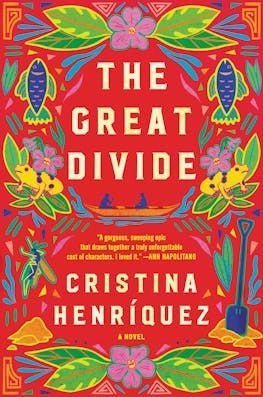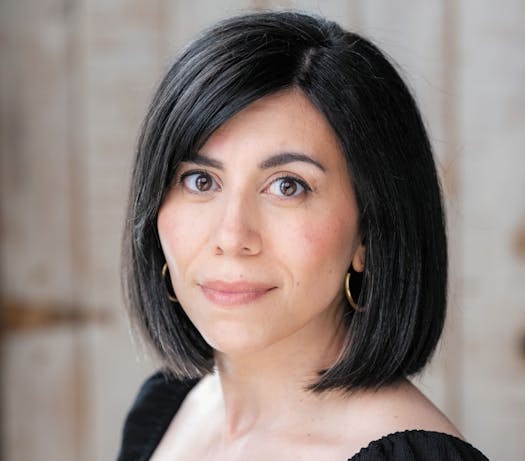A Panama Canal Novel called "The Great Divide"
A Novel shows how the Panama Canal created a 'Great Divide' even as it joined oceans. Cristina Henríquez writes about the people affected by the canal's construction. The Panama Canal connected the Atlantic to the Pacific Ocean in 1914 but that's not the whole story. In the U.S., it is most often thought of as a feat of engineering that demonstrated American power and ingenuity. After all, Theodore Roosevelt secured rights to the area and constructed the canal shortly after France, builders of the Suez Canal, failed on a similar endeavor. Yet, historians such as Julie Greene recently have asked us to consider the perspectives of those who built the canal.
Cristina Henríquez's engaging "The Great Divide" takes up that historical call by using the power of fiction to further imagine the lives of those who built and lived near the canal. Henríquez's third novel uses multiple perspectives to show the number and diversity of people affected by the project: Ada Bunting is a teenager from Barbados who comes to the region to earn money for her sick sister and takes up nursing duties. Omar Aquino, a local boy, decides to work on the canal to find some connections with others. Marian Oswald travels from the United States with her husband, who is trying to eradicate malaria.
These are only a few individuals from the huge cast of characters that swells to include others working in the Culebra Cut at the Continental Divide, local individuals fighting to keeping their town from being physically moved, as well as the cooks and fishermen just trying to get by as the earth is removed from beneath them. The novel balances the history with the storytelling as it excavates the connections among these intersecting narratives. Readers will care about these characters even as they learn such things as the segregationist practices that privileged workers from the United States.

